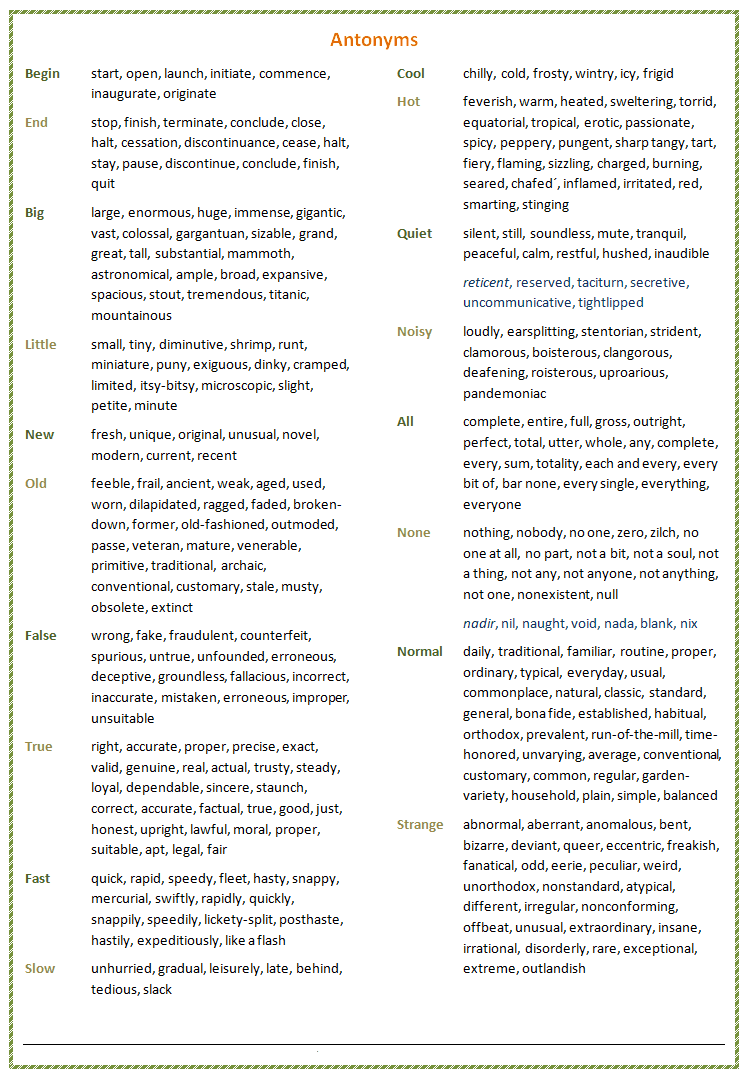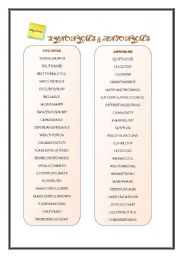

This requirement is specifically rejected by the rule on the ground that it relates to the sufficiency of the evidence rather than admissibility. Slough, Relevancy Unraveled, 5 Kan.L.Rev. Lockheed Aircraft Corp., 65 Cal.App.2d 737, 151 P.2d 670 (1944), upholding the admission of evidence that plaintiff's intestate had on four other occasions flown planes from defendant's factory for delivery to his employer airline, offered to prove that he was piloting rather than a guest on a plane which crashed and killed all on board while en route for delivery.Ī considerable body of authority has required that evidence of the routine practice of an organization be corroborated as a condition precedent to its admission in evidence. Nor are they inconsistent with such cases as Whittemore v. Slough, Relevancy Unraveled, 6 Kan.L.Rev. These rulings are not inconsistent with the trend towards admitting evidence of business transactions between one of the parties and a third person as tending to prove that he made the same bargain or proposal in the litigated situation. “It seems apparent to us that an individual's religious practices would not be the type of activities which would lend themselves to the characterization of ‘invariable regularity.’ Certainly the very volitional basis of the activity raises serious questions as to its invariable nature, and hence its probative value.” Id. 156, 338 F.2d 265 (1964), testimony as to the religious “habits” of the accused, offered as tending to prove that he was at home observing the Sabbath rather than out obtaining money through larceny by trick, was held properly excluded Thus, evidence of intemperate “habits” is generally excluded when offered as proof of drunkenness in accident cases, Annot., 46 A.L.R.2d 103, and evidence of other assaults is inadmissible to prove the instant one in a civil assault action, Annot., 66 A.L.R.2d 806.

Much evidence is excluded simply because of failure to achieve the status of habit. The rule is consistent with prevailing views. While adequacy of sampling and uniformity of response are key factors, precise standards for measuring their sufficiency for evidence purposes cannot be formulated. Lewan, Rationale of Habit Evidence, 16 Syracuse L.Rev. The extent to which instances must be multiplied and consistency of behavior maintained in order to rise to the status of habit inevitably gives rise to differences of opinion. When disagreement has appeared, its focus has been upon the question what constitutes habit, and the reason for this is readily apparent. Even though character comes in only exceptionally as evidence of an act, surely any sensible man in investigating whether X did a particular act would be greatly helped in his inquiry by evidence as to whether he was in the habit of doing it.” But unquestionably the uniformity of one's response to habit is far greater than the consistency with which one's conduct conforms to character or disposition. “Character may be thought of as the sum of one's habits though doubtless it is more than this. The doing of the habitual acts may become semi-automatic.” Equivalent behavior on the part of a group is designated “routine practice of an organization” in the rule.Īgreement is general that habit evidence is highly persuasive as proof of conduct on a particular occasion. A habit, on the other hand, is the person's regular practice of meeting a particular kind of situation with a specific type of conduct, such as the habit of going down a particular stairway two stairs at a time, or of giving the hand-signal for a left turn, or of alighting from railway cars while they are moving. If we speak of character for care, we think of the person's tendency to act prudently in all the varying situations of life, in business, family life, in handling automobiles and in walking across the street. It describes one's regular response to a repeated specific situation.

‘Habit,’ in modern usage, both lay and psychological, is more specific. Character is a generalized description of one's disposition, or of one's disposition in respect to a general trait, such as honesty, temperance, or peacefulness. 340, describes habit in terms effectively contrasting it with character: Notes of Advisory Committee on Proposed RulesĪn oft-quoted paragraph, McCormick, §162, p. The court may admit this evidence regardless of whether it is corroborated or whether there was an eyewitness. Evidence of a person’s habit or an organization’s routine practice may be admitted to prove that on a particular occasion the person or organization acted in accordance with the habit or routine practice.


 0 kommentar(er)
0 kommentar(er)
